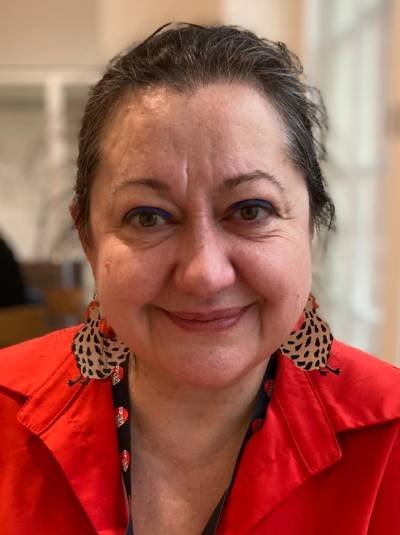

































</span>Where do you draw a border between the observational documentary and the silent acceptance of the tragedy unfolding in front of your eyes? Images of the lifeless body of the two-year-old Syrian refugee Aylan Kurdi lying on a Turkish beach in 2015 did not leave an eye dry (except maybe for far rights activists and racists insensitive to the tragedy of anyone who is not white, Christian or maybe Jewish). Are we entitled to feed on visual representations of people’s suffering? Is it acceptable to show the most sickening forms of humiliation, dehumanisation and capitulation of the underprivileged and fragile citizens of the world to people living a comfortable life in Europe and beyond?
On the other hand, being right there, inhaling all that’s wrong in society, is sometimes the only way to reach the core of a problem, as is the case in Monica Strømdahl’s directorial debut, the heart-shattering documentary Flophouse America. The Norwegian photographer-turned-filmmaker is uncompromising in her depiction of an all-American family of three squeezed between the walls of a “flophouse“ hostel in the United States. She comes as close as one can get to her subjects, silently observing and documenting everything that happens in their world. This includes the most extreme situations, in a very raw approach. It feels almost as if the filmmaker is completely invisible, separated from Mikel, his father Jason and his mother Tonya. Her presence is never felt, even when her reaction is almost called for (when desperation and the feeling of complete abandonment prevail).
The film opens with a voiceover informing audiences the official poverty rate in the United States is currently at 11,5%. This represents approximately 34 million people live in poverty. Due to a lack of access to affordable housing, many families resort to long-term stays in hotels and hostels. At least one in 10 children have at least one addicted parent. “I am one of them”, the voice concludes. An adolescent face materialises, looking straight at us. It takes a while to connect those gentle teenage features to the 12-year-old boy we see in the rest of the film. At the age of 18, Mikal is sharp as a pencil, and wholly aware of what has happened to him in his prepubescent years.
During the rest of the movie, we follow a bright-eyed Mikal. He possesses a great talent for poetry and a thirst for life. He only has one faithful ally: his cat. There is only one very thin curtain separating his private space from his parent’s bedroom, ensuring that the entire residence remains claustrophobic.
There are strong parallels between Flophouse America and Sean Baker’s portrait of people on the margins in his fifth feature, The Florida Project, which premiered in Cannes’ Directors’ Fortnight strand in 2017. What separates these two films is the inscriptive rawness of Strømdahl’s approach, and the absolute absence of anyone who had a day of acting in their biography. The Norwegian documentarist is sucked into the life of one family, wholly isolated from the outside influence, entirely focused on Mikel and his parents, who are differently unaware of how their lifestyle influences the boy. There are countless moments of absolute honesty and exasperation.
This is a film that won’t leave anyone feeling cold. It’s honest, uncompromising and very much on your face. The question is: can you take it?
Flophouse America just premiered at CPH:DOX.





















